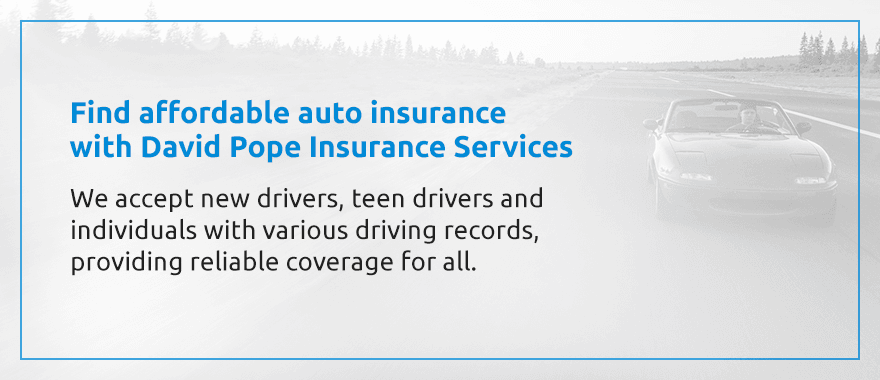In 2015, issues with the vehicles themselves were the primary cause of an estimated 44,000 car crashes in the United States. Most car wrecks where the vehicle is at fault result from poor vehicle maintenance.
Performing routine car maintenance for your vehicle is necessary to ensure that all systems and components are functioning properly, minimizing the chances of unexpected malfunctions, roadside emergencies and expensive repair needs. Basic car maintenance can also prolong your vehicle’s service life and boost its resale value. Keeping your car in good condition can save you on expensive repairs and even save you money on your insurance by preventing issues on the road. The key to achieving these advantages for your automobile is knowing when and how to perform proper maintenance techniques.
Creating a car maintenance checklist is an excellent way to stay on top of your vehicle upkeep. When you keep to a diligent maintenance schedule, you’ll ensure that all parts and systems are safe and accounted for at all times.
You can perform several short-term vehicle maintenance checks once a month to ensure optimal performance, safety and consistency. Though these precautions may seem inconsequential, they make a significant difference in your car’s overall system health. Even the most minor vehicle faults can result in major problems down the line, so adhering to a monthly car maintenance checklist is an excellent way to prevent these issues from worsening.
It’s wise to check your oil levels once a month to ensure that your engine has the lubrication necessary for smooth operation. Your car’s coolant levels contribute to engine health similarly to oil. Regularly checking your oil and coolant levels can prevent contaminant build-up, engine wear, grinding, deposits, and corrosion.
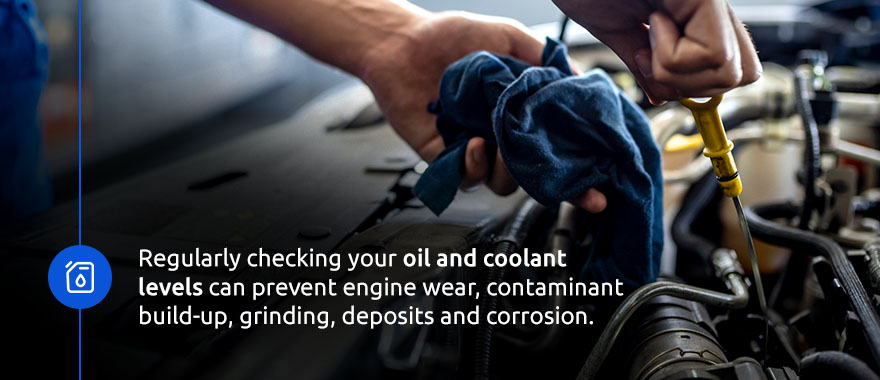
Sufficient tire pressure ensures that you have control of your vehicle, which is why it’s vital to make sure your tires are adequately inflated each month, before road trips or when pulling a heavier load. You can manually check your tire pressure using these steps:
Burnt-out or broken bulbs can create safety hazards on the road, reducing visibility and making it harder for other drivers to see you and where you’re turning. You can easily inspect your car’s bulbs each month by turning on each of your vehicle’s lights walking around your car to make sure they’re working. You should also check for cracks to prevent moisture-related damage.
Be sure to test your:
Inspecting your windshield monthly is essential, especially during colder months when visibility is crucial. Take a look at your wiper blades and confirm that they’re free of cracks, splits, wear and damage. You should also check wiper fluid levels and top it off as needed.
Your three-month car maintenance schedule is a bit more involved than your monthly checklist. You should perform this regular car maintenance every three months or every 3,000 miles.
Be sure to conduct the following checks, tests and replacements:
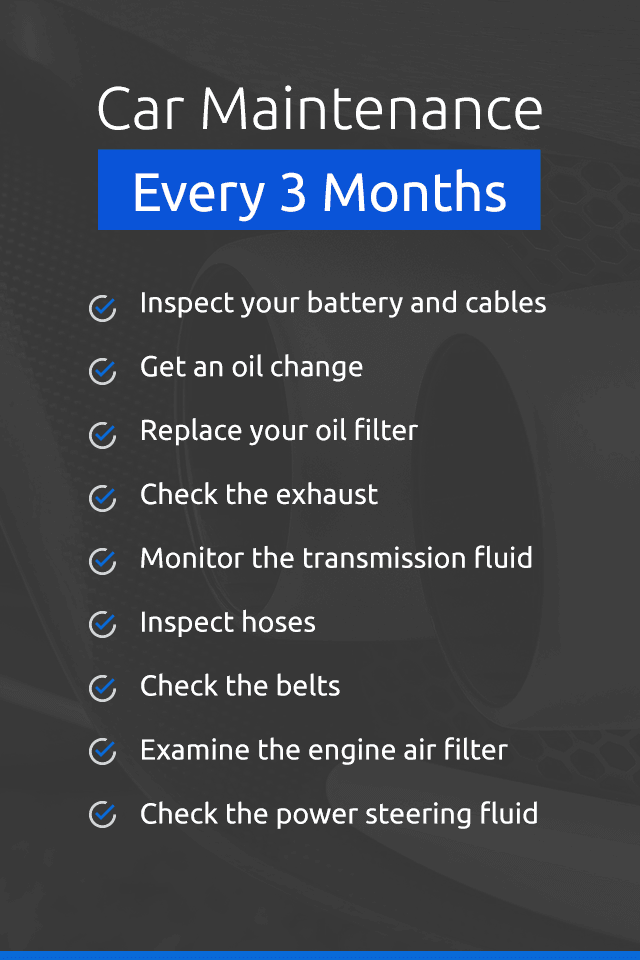
It’s necessary to conduct some additional car maintenance every six months or 6,000 miles, though these tasks won’t be too extensive.
Rotating your tires after six months or so reduces irregular wear, maintains fuel efficiency and increases the tires’ life span. Though every car is different, a general rule is to rotate your tires every 5,000 to 8,000 miles or when uneven wear is visible. Uneven tire wear can create vibrations, which can damage your vehicle.
Be sure to check your owner’s manual for information regarding your particular vehicle and tires.
Your car is exposed to various elements throughout the year, from mud to salt to sap to bird droppings. Though these contaminants are both normal and expected, they can damage your car’s paint and undercarriage over time if not properly removed.
How much dirt and grime your car’s exterior accumulates varies based on where you drive and park regularly. However, most individuals can benefit from washing their cars every six months. Once clean, you should also wax your car to protect the finish and prevent rusting.
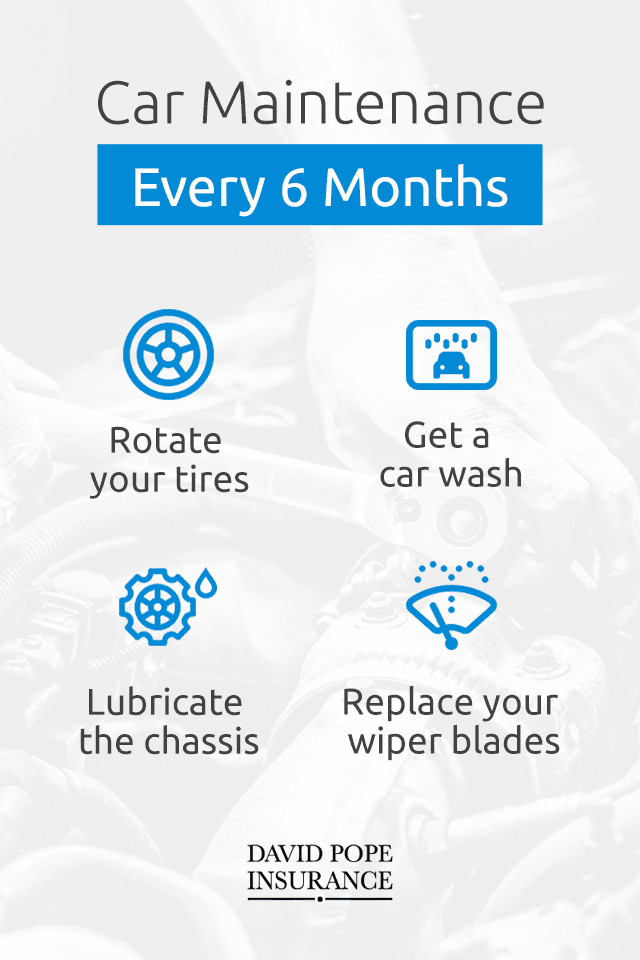
You should lubricate your car’s chassis components as part of your car maintenance routine to minimize wear and secure joints against moisture-related damage. Be sure to apply heavy-duty lithium grease internally, including the car’s bushings, sway bars, suspension joints, and steering joints.
To access your car’s undercarriage, use a jack or lift to hoist your vehicle upward. Next, load your grease gun before climbing underneath the vehicle. It’s crucial to have adequate area lighting and your owner’s manual on hand. Once beneath your car, go through and fill each reservoir at the proper lubrication points. It’s okay to exceed the reservoirs’ fill points as overfilling won’t cause any harm.
When your wiper blades don’t make complete contact with your car’s windshield, they can smear, squeak, streak or skip, resulting in poor driving visibility. It’s essential to replace your wiper blades if you notice these patterns, along with other signs of damage, such as metal corrosion, cracks, breakage, lack of flexibility and rounded squeegee edges. However, it’s wise to replace your wiper blades twice a year, even if they don’t exhibit any physical damage.
Your yearly car maintenance routine should take place annually or after every 12,000 miles. When you perform basic car maintenance every 12 months, your car will be better for it in the long run.
You can find your vehicle’s cabin air filter somewhere beneath the dashboard — often behind the glove box. Not to be confused with the car’s engine air filter, the cabin filter keep your air conditioner clean and running efficiently, preventing outside allergens from entering the air vents. When your car’s air conditioner is pollutant-free, you’ll breathe cleaner air throughout your ride.
According to a survey conducted by the National Highway Traffic Safety Administration, brake failure was the cause of 25% of pre-crash events attributed to vehicle failure. That’s why inspecting these components yearly is crucial for preventing accidents.
Turn off your radio and listen for any sounds that might seem problematic when slowing down on the road. You should also check all elements of your brake system, including the fluid, linings, pads and rotors. You can also slow brake pad wear by clearing the dust from your breaks.
Your car’s coolant, also known as antifreeze, prevents your engine from overheating while lubricating all its moving parts to prevent cylinder, head gasket, water pump and piston damage. Draining and refilling your coolant removes rust and dirt particles that can clog the system.
Make sure to consult your owner’s manual to determine what type of coolant is best suited for your car type.
It can be easy to forget that your car’s door hinges require the same attention as its other components. Over time, your doors may begin to squeak, resulting from wear and tear on the hinges. You can minimize these effects by applying lubricant.
It’s safe to use any oil-based grease on the metal parts of hinges, and spray greases like lithium lube are convenient for harder-to-reach places. Petroleum jelly also acts as a more powerful alternative to lighter sprays. When lubricating your latches, try using silicone-based spray lubes like WD-40, as plastics don’t typically react as well with oil-based products.
After spraying the hinges, be sure to wipe off any excess lubrication to prevent it from trapping grime and other contaminants.
Sometimes, waiting to check or replace your car’s components until they appear on your car maintenance schedule isn’t enough. Occasionally, you may see mechanical problems arise that require immediate assistance.
Though seeing your check engine light flick on is no reason to panic, it’s something you shouldn’t ignore. This light is part of your vehicle’s onboard diagnostics system. When this system detects an issue within the car’s electronic controls that it can’t correct, it’ll alert you using a yellow warning indicator. Most check engine light issues start out fairly minor and can worsen over time without the proper attention.
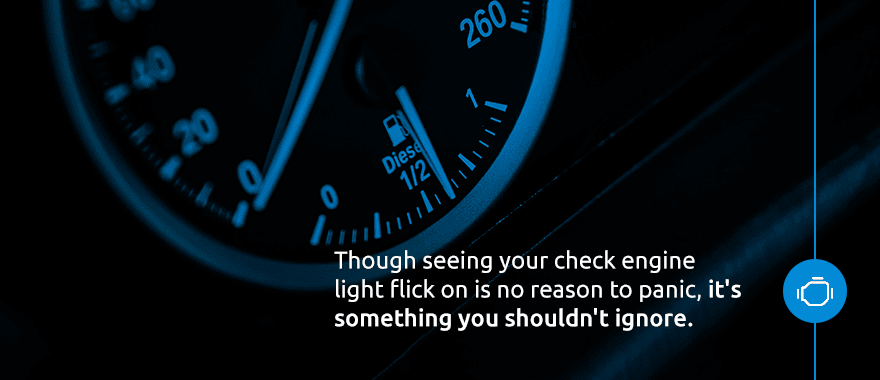
If your check engine light is on, try to:
Your car contains various fluids to promote safe operation. Any fluid leaks can impact your car’s performance and can even indicate severe engine damage. Common types of fluid leaks include:
It’s important to be wary of any exhaust smoke you notice from your vehicle. Exhaust smoke can appear in various colors, indicating different issues, including:
Light bulb outages leave drivers without the safety and visibility necessary to drive. Besides creating safety risks, burnt-out bulbs can also get drivers in trouble with the law, earning them a fine. You should immediately get your car checked if you notice your lights dimming, flickering or burning out completely.
Your bulbs can burn out for numerous reasons, including:
There are some critical vehicle parts that you’ll eventually need to replace according to a basic car maintenance schedule, including:
Protect your vehicle and yourself with a dependable auto insurance policy from David Pope Insurance. Our family-owned company prides itself on providing low-cost insurance with high-quality protection, giving our customers the peace of mind they deserve. We accept new drivers, teen drivers and individuals with various driving records, providing reliable coverage for all.
Contact us to get your custom quote fast!
